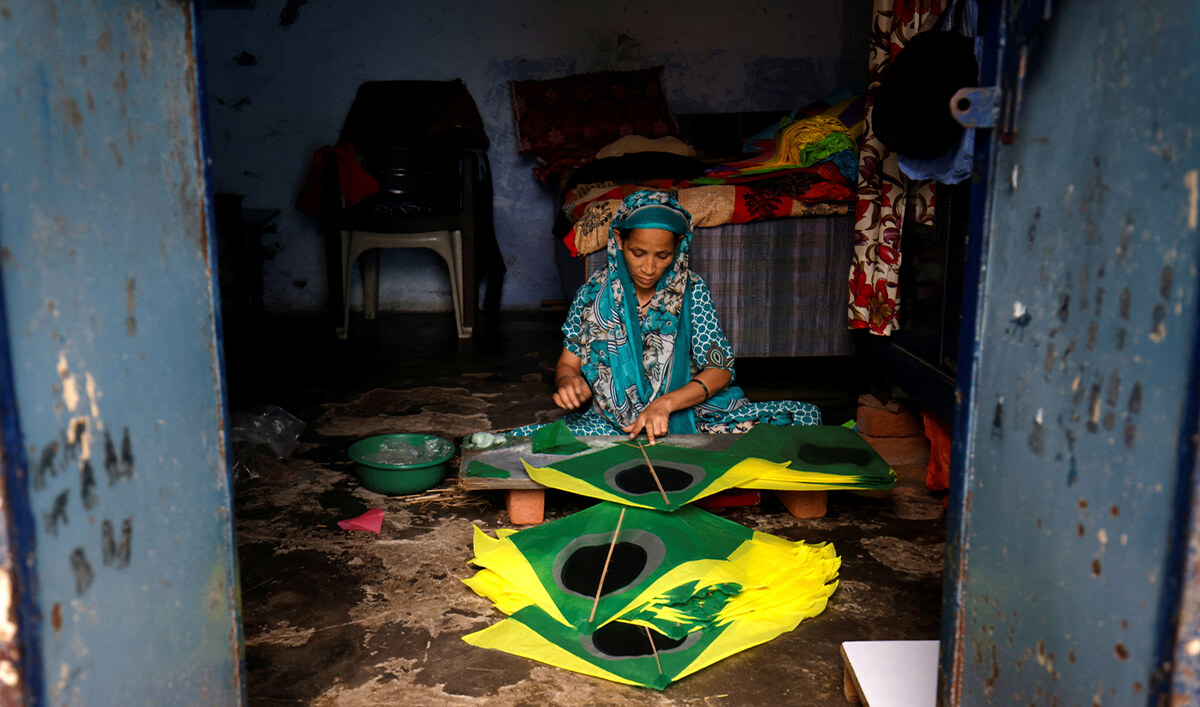SEOUL: South Korea’s opposition Democratic Party leader Lee Jae-myung was stabbed in the neck during a visit to the southern port city of Busan on Tuesday, the Yonhap news agency reported.
Lee, who narrowly lost the 2022 presidential election, is conscious and has been transported to a local university hospital, a party official and a fire department official told Reuters.
Lee was attacked by an unidentified man while touring the site of a proposed airport, Yonhap said. The attack has left him with a gash of about 1 cm on his neck, YTN television reported.
The assailant appeared to be a man in his 50s or 60s, who wore a paper crown with Lee’s name on it, news photographs showed.
He approached Lee asking for an autograph, then suddenly lunged forward and attacked him, news reports said. The assailant was quickly subdued and arrested at the scene, Yonhap said.
Video clips on YTN television and another posted on the social media platform X showed the attack, with a man lunging at Lee with his arm stretched out. Lee grimaced and collapsed to the ground.
News photographs showed Lee lying on the ground with his eyes closed and other people pressing a handkerchief against the side of his neck.
President Yoon Suk Yeol condemned the attack, saying it was an unacceptable act, his office said. He expressed deep concern for Lee and instructed best care be given so he can make a speedy recovery, his office said.
A former governor of Gyeonggi province, Lee narrowly lost to conservative Yoon, a former chief prosecutor, in the 2022 presidential election.
Lee is currently on trial for alleged bribery stemming from a development project when he was mayor of Seongnam near Seoul. Lee has denied any wrongdoing, calling the allegations “fiction” and a “political conspiracy.”
Lee has led the main opposition party since August 2022.
South Korea’s next parliamentary elections are slated for April.
Although there are strict restrictions on gun possession, South Korea has a history of political violence involving other weapons.
Lee’s predecessor, Song Young-gil was attacked in 2022 at a public event by an assailant who swung a blunt object against his head, causing a laceration.
Then conservative opposition party leader Park Geun-hye, who later served as president, was attacked at an event in 2006 with a knife and suffered a gash on her faced that required surgery.
South Korea opposition chief stabbed in neck — media
https://arab.news/yuqdc
South Korea opposition chief stabbed in neck — media
























